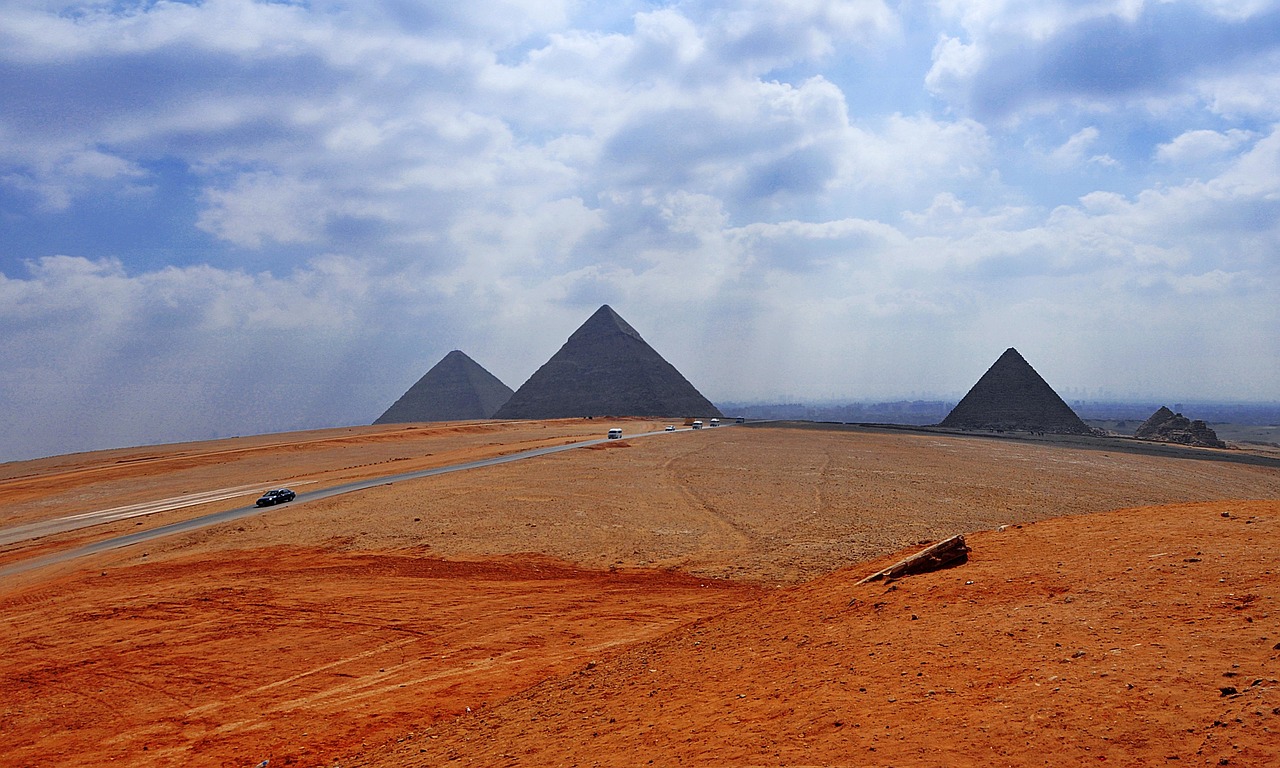A team of researchers has made an extraordinary claim – the existence of a vast underground city beneath Egypt’s iconic Giza pyramids. However, prominent archaeologists have swiftly and decisively rebutted this assertion.
The controversy stems from a study conducted by researchers associated with the Kahfre Project, including scientists Corrado Malanga from the University of Pisa and Filippo Biondi from the University of Strathclyde in Scotland. The team claims to have uncovered an extensive subterranean network beneath the Giza plateau using advanced technology known as Synthetic Aperture Radar tomography.
According to their findings, this underground system reportedly stretches for miles beneath all three major pyramids. Particularly intriguing is the alleged discovery of spiral staircases and five small, room-like structures beneath the Khafre pyramid. The researchers have gone so far as to suggest they may have located the mythical “Halls of Amenti,” a concept deeply rooted in ancient Egyptian mythology.
Expert Skepticism And Rebuttal
However, these sensational claims have received strong skepticism from the archaeological community. Dr. Zahi Hawass, a world-renowned Egyptologist and former Minister of State for Antiquities Affairs in Egypt, has been particularly vocal in his criticism.
In a statement shared on his official Facebook page, Hawass dismissed the claims as fabrications propagated by individuals with no expertise in ancient Egyptian civilization or the history of the pyramids. He emphatically stated that there is “no scientific evidence” to support the existence of an underground city.
He pointed out that the base of the Khafre pyramid was carved directly from bedrock to a height of approximately 8 meters, and according to extensive scientific studies conducted in recent years, there are no columns beneath this base.
Methodological Concerns Over Giza Pyramids’ Underground City Claims
The skepticism extends beyond Hawass’s rebuttal. Professor Lawrence Conyers from the University of Denver, a specialist in radar imaging, has raised doubts about the technical feasibility of the claimed discoveries. Speaking to the Daily Mail, Conyers stated that current radar technology cannot detect structures at the extreme depths reported by the Kahfre Project team.
He dismissed the notion of an underground city as “a massive exaggeration.” Adding to the controversy is the fact that the study has not undergone peer review, a crucial step in validating scientific research. This lack of peer review has further fueled doubts about the credibility of the claims.
Despite the lack of scientific consensus, these claims have gained significant traction on social media platforms. The story has gone viral, garnering millions of views and shares, particularly on the platform X.





